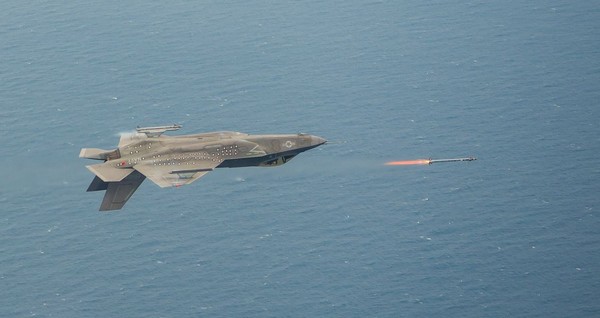The Tigershark was a fine aircraft that was beaten mostly politically by Lockheed. That's not taking anything away from the F-16, a classic for the ages. There were times Lockheed was offering to sell F-16s for $10M per copy to keep Northrop out. They did.
The Tigershark was one of the first military aircraft to employ ring laser gyro inertial navigation. That and enhanced engine start techniques enabled the aircraft to go from a cold start to wheels up in 23 seconds (demonstrated many times). The RLG would do an alignment and shut down and the heading/attitudes were stored (novel at the time) This allowed sitting strip alert in a cold airplane until ordered to go. A very useful quality analogous to the RAF being able to stay cocked and locked until radar could direct them to intruders. But the F-20 lost. And we recovered. You can quit reading here if you're not interested in a story that grew out of that.
First we had already been in a contractor funded (no Fed $) effort on the F-15E. McDonnel-Douglas was funding the airplane side of that, no government money. With the existing mechanical INS having an MTBF of around 50 hours and us guaranteeing 2,000 hours you'd think it would be a no brainer. But it costs money to make wholesale changes - logistics, training, etc. etc. But we finally did it. After they saw the performance we were able to provide, we finally convinced the Air Force to standardize on RLG in August of 1985. Guaranteeing 2,000 hours in fighter and 4,000 hours in non-fighter platforms, the system was a revelation and became the US standard.
Throughout this time frame I had three systems flying in the Swedish Saab Gripen development program. That finally bore fruit as well (they even gave me an award! But not a blonde. Dang..) and it's still there today, doing the job.
All of this was made possible by private investment and management foresight, not mine, even earlier that resulted in Boeing selecting the very same H423 based system in the 757/767 in about 1981/82. This provided the volume and hot production line that we could then point to in the Air Force effort. Modernized, even smaller systems, in triple redundant configuration, are still airline standard to this day. And along the way mechanical inertial systems that cost three times as much and had criminally low MTBF's went the way of the wild goose. But not easily.
The previously incumbent company still owned the international market, they got there first. It still costs a lot of money to "change" and the smaller the user, the more painful that is. What to do. Their weakness now was that their US cash cow was dead. Profits - poof. So I asked management to approve small bids at cost for the smaller offshore customers for a period of four years. It didn't cost us much and without that tidy cash flow the competitor would be unable to underbid us. Result - inert competitor. Dead. Couldn't happen to a nicer bunch of guys. They'd been soaking the taxpayer for long enough.
I'm out of the game but I feel pretty sure the F-22 and F-35, along with every other major aircraft are flying with RLG's. GPS can't do the job alone, at all. Even if it could it is laughably easy to jam. But with the GPS providing velocity updates to the nav kalman filter, it's a match made in Heaven. Superb accuracy, superb reliability and the ability to withstand GPS "interruptions" for significant periods. Stabilization of all the sensor packages (IR, radar, enhanced vision systems, F-35's virtual reality view "through" the aircraft, transfer alignments to missiles and pods and on and on) data comes for "free". All this enhancement to capability because of a privately funded, commercially leveraged technology effort over a 30 year period by a visionary management. Pretty good American success story eh?
There are more "stories" about how we also standardized it on US artillery starting with the PALADIN self propelled howitzer and observation systems and precision survey. Or how we sold a tactical missile guidance package that, without GPS aiding (it didn't have one), drove the aiming stake into the ground 300km downrange. No "close", it was a ringer - good stuff. Missile defense systems use. And comic relief...Swiss National Railways railroad roadbed cetification (not kidding), tunnel boring machines, mining machines, ship nav, drones.... Lordy, the fun never stopped....yes, it did.
Guys, I didn't do it alone, not claiming that. I just thank God I was lucky enough to have been in a position to do some good and have fun doing it. I'm just a very lucky guy in that regard. Sorry for the regurgitation. The Gripen, F-16, F-20, F-22 and F-35 got me going on about how these systems integrations spread out over time. It was an intense life, too much travel (million miler on two different airlines, I have a square butt..), too much time away from family. There were costs and it didn't end well professionally or personally. But I did some good and I'll settle for that.
Cheers and apologies again for the dump. I'm in a mood I guess.







